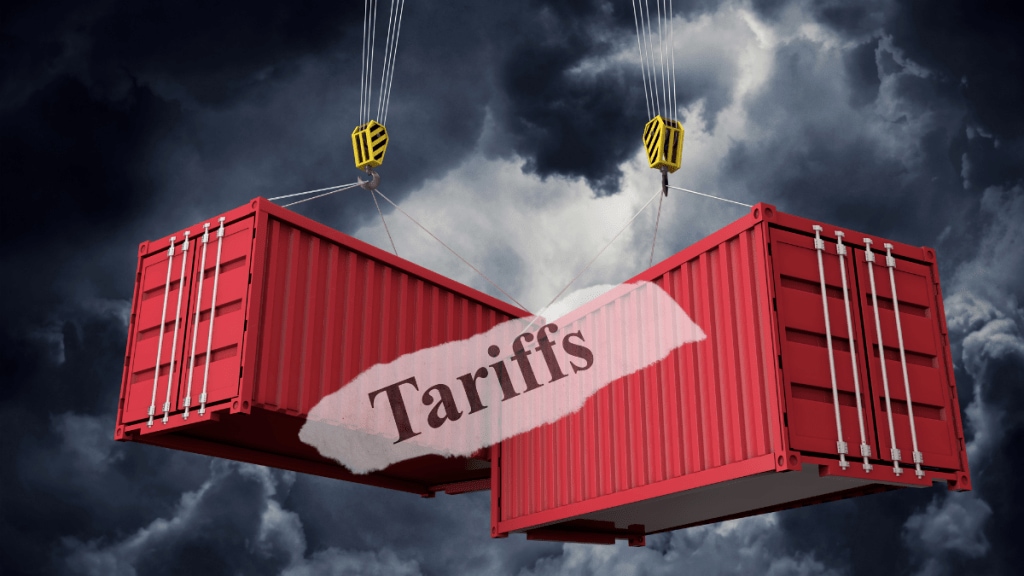Less than half of India’s merchandise exports to the US are exposed to the 25% additional duties imposed by US President Donald Trump, but that is little reason for comfort as the blow would be heavy where it is applied. Worse, sectors that could be hit are largely employment-intensive ones where MSMES hold large shares.
MSME sectors
Chances are, however, that tariff rate will come down from the current level, although it is unclear by how much. Despite the public announcement of tariffs and Trump’s verbal assault on India, both sides are continuously talking even now for a deal, officials here said. “Due to the Section 232 sector-specific exemptions, only exports worth about $40 billion worth exports to the US at current value would be impacted by the higher tariff,” an official said. That is a trade-weighted figure, while India’s goods shipments to the US in FY26 stood at $86.7 billion, or 19.8% of the country’s overall exports.
Section 232 is part of the US Trade Expansion Act that authorised the president to adjust imports of goods under national security grounds.
Officials also said because of use of animal parts in the feed for milch animals in the American dairy sector, it would not be possible for India to provide duty concessions on such goods for cultural reasons too. The livelihood reasons still remain against the opening up of the farm sector and opposition to genetically modified products will remain.
Engineering, apparel, auto exports most vulnerable
The sectors that will be subject to the 25% additional duty are expecting an erosion of their profitability as tariff on India, as of now, are higher than its key competitors. The apparel sector that exports $ 5.33 billion worth of goods to the US will be the most impacted. Tariffs on the key competitors like Bangladesh, Vietnam, Pakistan are 5% to 10% lower.
While the industry may adjust to the new levy, it is the threat of penal duties over and above the reciprocal tariff for India’s ties with Russia that is worrying many units. If the US goes ahead with high additional duties then it could wipe out 80% of India’s exports, secretary general of Apparel Export Promotion Council (AEPC) Mithileshwar Thakur said. Other sectors like leather and gems and jewellery are similarly placed.
“We request immediate government intervention to offset this huge setback. Exporters have their back against the wall and will have to sell below cost to keep their factories running and avoid mass layoffs,” chairman of AEPC Sudhir Sekhri said.
Engineering exports accounts for 23% of overall exports to the US. Of the $ 20 billion worth of exports of these items to the world’s largest economy, $ 5 billion of steel and aluminium exports are already facing 50% additional duties. Auto and auto part exports of $ 2.6 billion are subject to 25% additional duties. These duties, however, apply equally to all countries, providing sort of a level playing field.
“It is the remaining $ 12.4 billion worth of exports to the US that will face higher duties than competitors,” chairman of Engineering Export Promotion Council Pankaj Chadha said. This includes electrical and mechanical machinery, agriculture equipment and construction machinery among others. In these sectors the competition with Vietnam, Korea, European Union, Indonesia and Malaysia could become more intense and as these countries will face lower duties the sector is hoping for some kind of government support to deal with the situation.
Product categories exempted from reciprocal tariffs include finished pharmaceutical drugs, active pharmaceutical ingredients (APIs), and other key drug inputs. Energy products such as crude oil and refined fuels, critical minerals; and a wide range of electronics and semiconductors have also been kept out.
These exemptions for imports from all sources were provided when the reciprocal tariffs were first announced and will come up for review in the third week of this month.
Within the exempted categories the key exports are pharma products where exports in 2024-25 stood at $ 9.7 billion, petroleum refinery products were $ 4.2 billion and smartphones $ 10.9 billion. Some chemicals are also in the exempted category and their exports are also substantial.
Despite the exemptions, the trade policy think tank Global Trade Research Initiative (GTRI) founder Ajay Srivastava said that due to the impact of additional tariffs India’s exports to the US may come down by 30% in the current financial year to nearly $ 61 billion. In April-June of the current financial year merchandise exports to the US were up 22.2% to $ 25.5 billion, bucking the trend of slowdown in shipments to most destinations. This was partly due to the hurried shipments to avert the tariff impact.
The duties announced by Trump will be applicable on shipments going out after August 7. Cargoes leaving the ports before the August 7 deadline and received in American warehouses before October 5 will be charged a baseline tariff of 10%.
